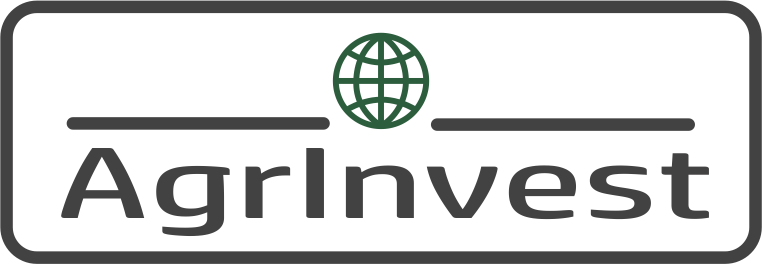Agrix F&A Scan
AgrInvest standardized its agri-food sector assessment approach in developing countries
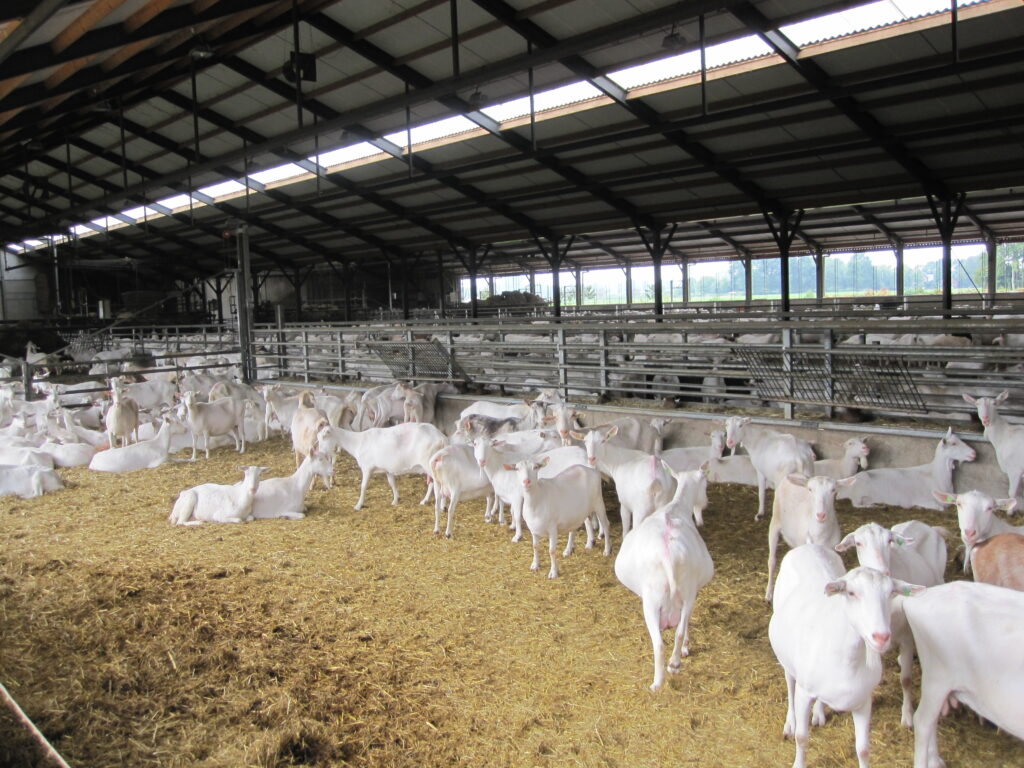
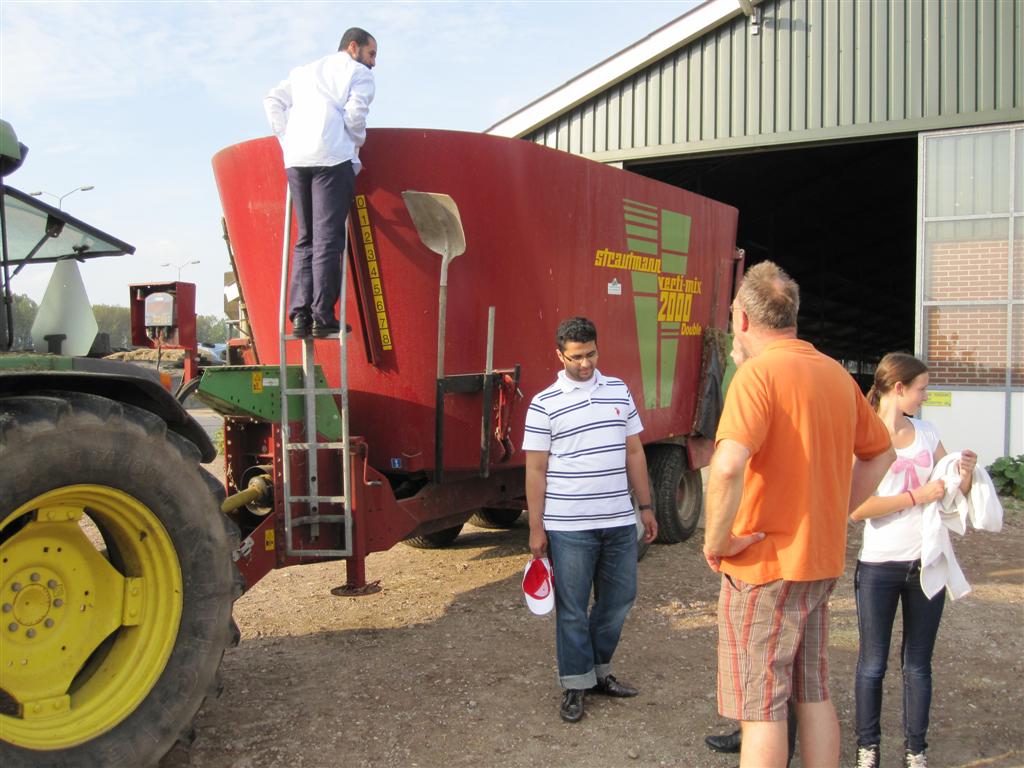
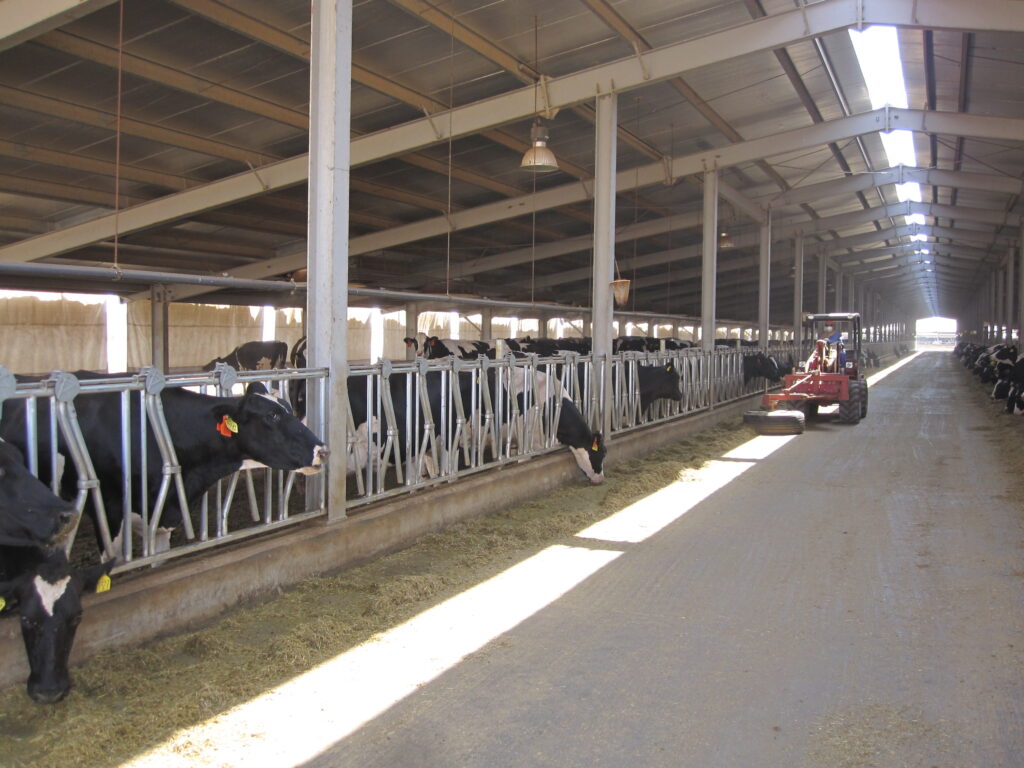
AgrInvest standardized its Food and Agriculture (F&A) sector assessment approach for developing countries. These services are often commissioned by public entities like the Dutch Ministry of Economics, the Ministry of Agriculture (through the network of Dutch agricultural councilors) and the Ministry of Foreign Affairs. The latter usually as a preparation of Minister’s visits to countries in which agri-food is important for bi-lateral relations (which usually is the case). The common thread is to contribute to the realization of the United Nations defined Sustainable Development Goals (SDG’s), especially SDG #2 (Zero Hunger), through private and public sector involvement. Agrix is committed to Climate-Smart Agriculture solutions: increase productivity, enhance resilience and reduce emissions. For that purpose, AgrInvest developed a structured method to assess a country’s agri-food sector, called the “Agrix F&A Scan®”.
A F&A sector assessment is the basis for defining any further private, commercial or public intervention. The Agrix F&A Scan is based on an adapted version of the well-known LFA (Logical Framework Approach) approach with clearly defined objectives like goal (impact) and purpose (effect).
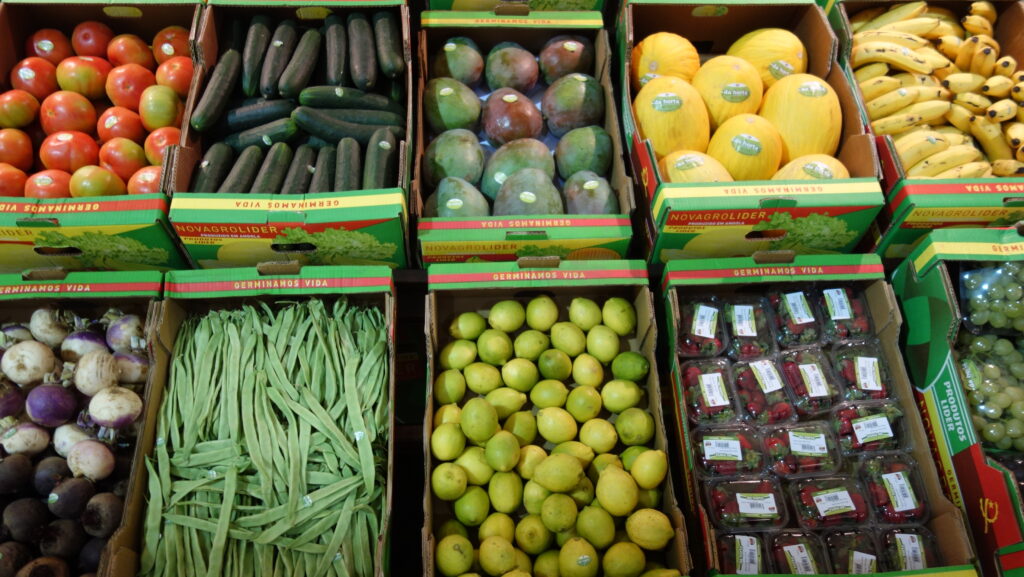
The Agrix F&A Scan distinguishes three levels of farming that differ in size, level of market access, applied technology, labor, crop type, management and finance:
- (Self-)subsistence agriculture (“smallholder” farmers; < 2 ha; <50% of production to market; family labor; food crops; low technology; farm-based seed multiplication; government managed coops; NGO’s active; partly illiterate; some 2 bln people involved or 25% of world population);
- (Semi-)commercial agriculture (>2 ha; >50% of production to market; farmer owned, managed and financed; some external finance; food and cash crops; family and external labor; technology involved; commercial seed; national orientation; literate; farmer managed coop’s);
- Corporate agriculture (large scale; hired labor and management; external finance; cash and commodity crops; 100% for market; commercial and hybrid seed; highly technified; internationally orientated, high level contacts and political power).
The share of each farming level in total national farm output differs per country and depends on its development level. Level A farming is important in terms of food security and rural poverty but the general policy objective usually is to have farmers move from level A to level B. In most countries, including The Netherlands, level B farming is the backbone of the agricultural sector. AgrInvest tends to focus on level B farmers and to some extend to level C.
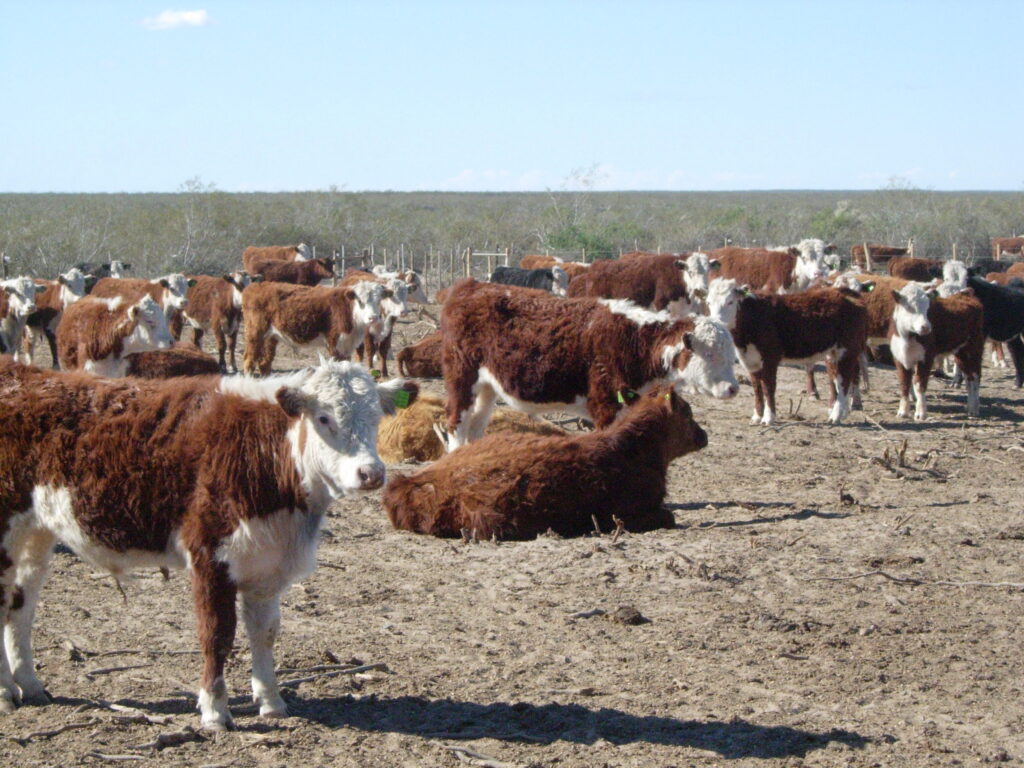
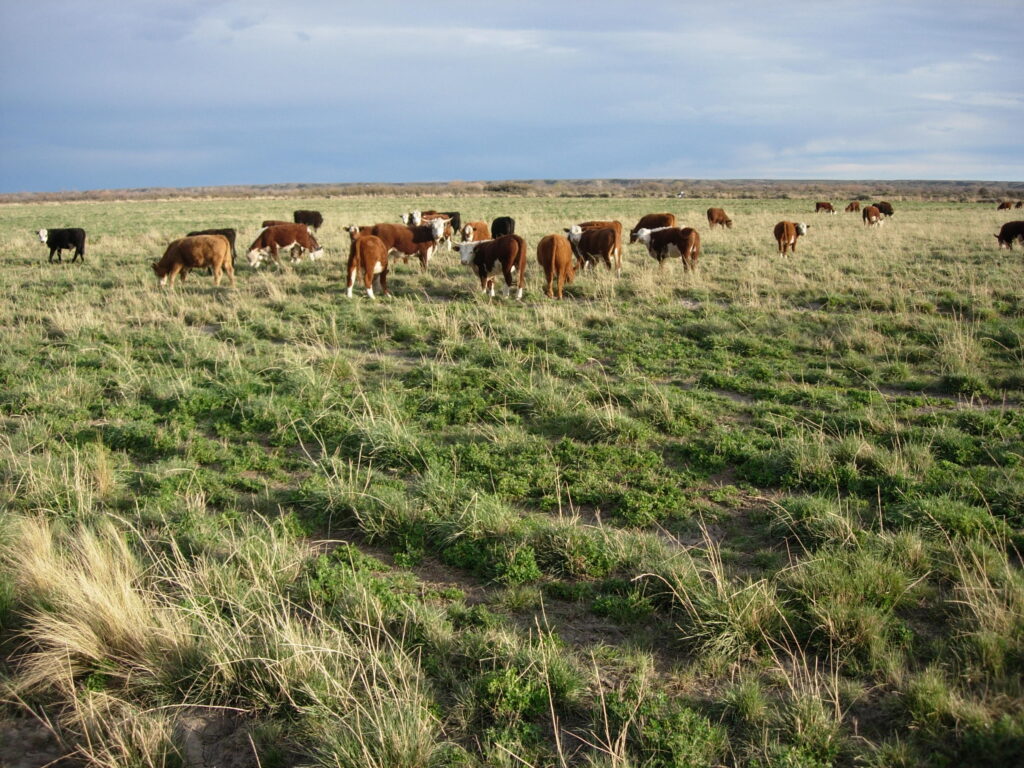
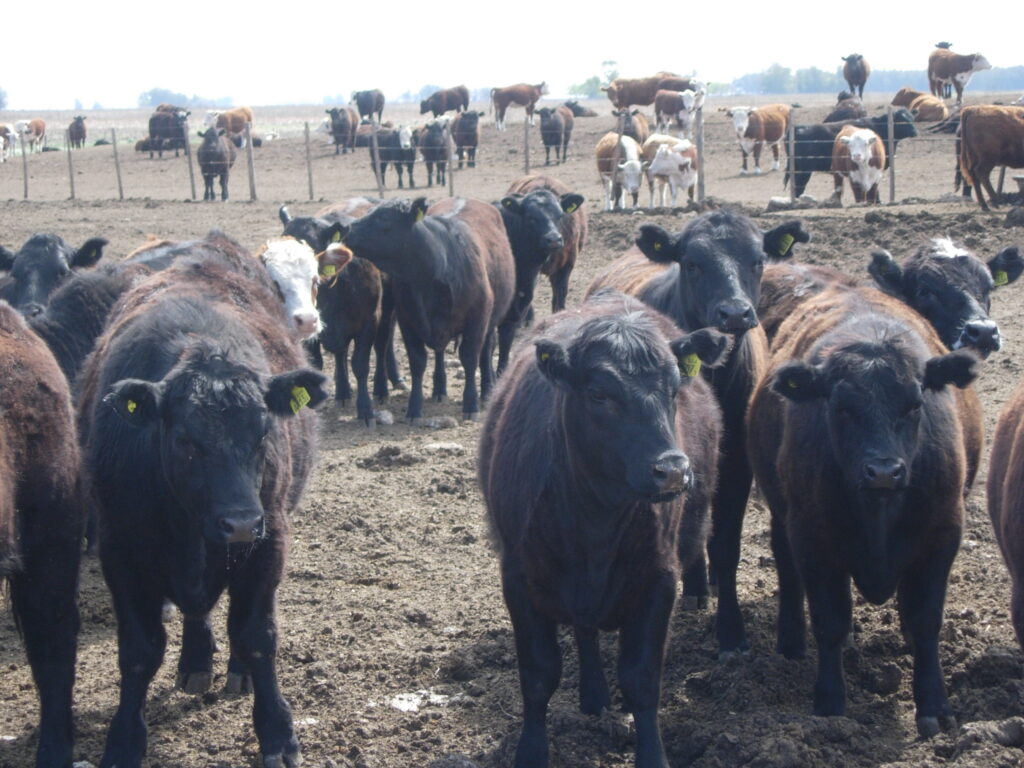
The goal of Agrix intervention is to contribute to increased food security in the respective country aligned with national policies. The purpose is to establish long lasting commercial and public relations between national and foreign entities to mutual benefit. To achieve these objectives AgrInvest intervention will deliver outputs in a report with a 2-page executive summary. The report is useful to companies that intend to enter a foreign market, either for trade or FDI, and identify concrete business partners and relevant contacts. The report can also be used by public entities to define further intervention, like trade missions (in- and out-going), cooperation between institutes and universities and can be used to distribute amongst interested parties. Additional to that, the report suggests Public-Private-Partership (PPP’s) options where relevant. Each “Agrix F&A Scan” report is custom-made, emphasis can be on private or public partnerships, depending on the circumstances and development level.
